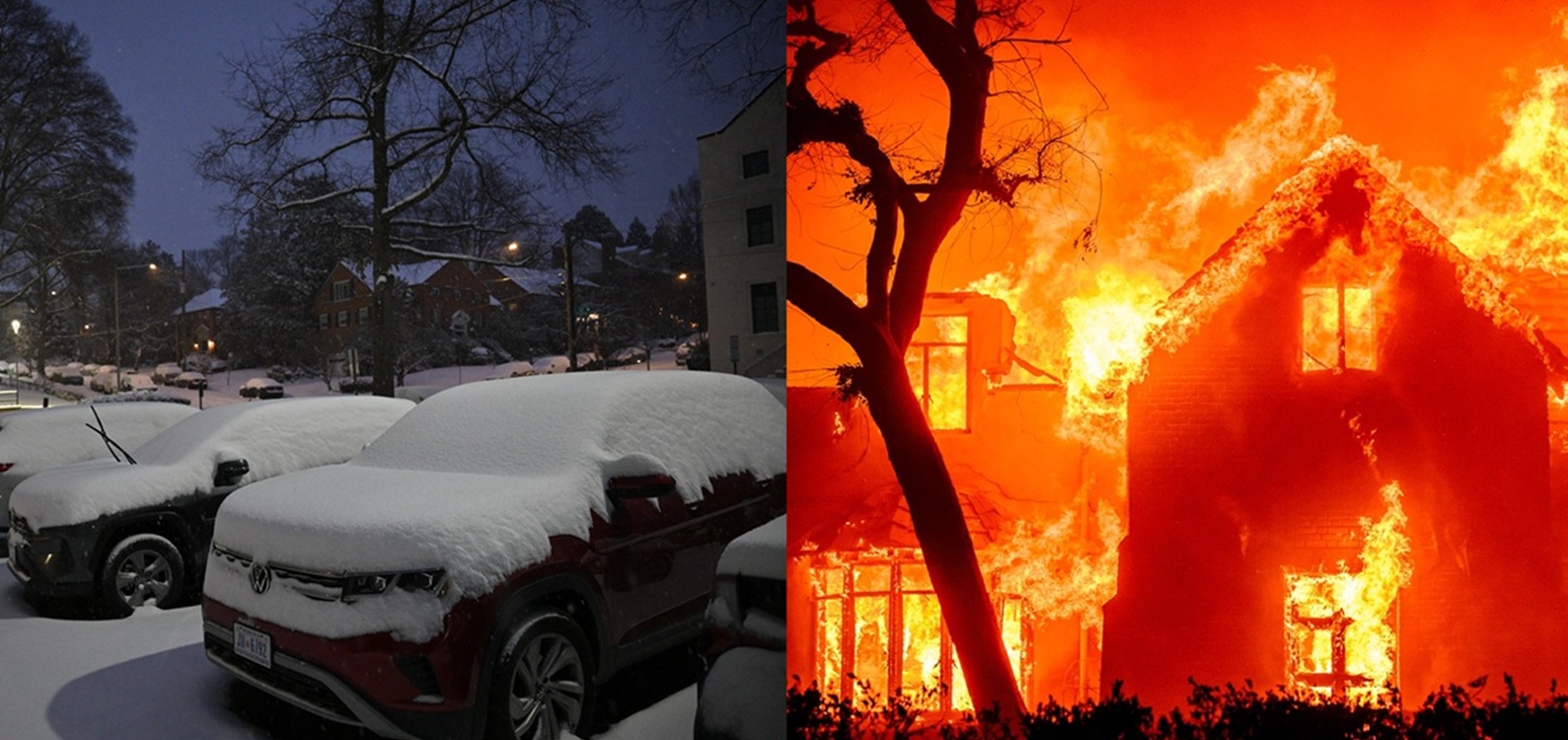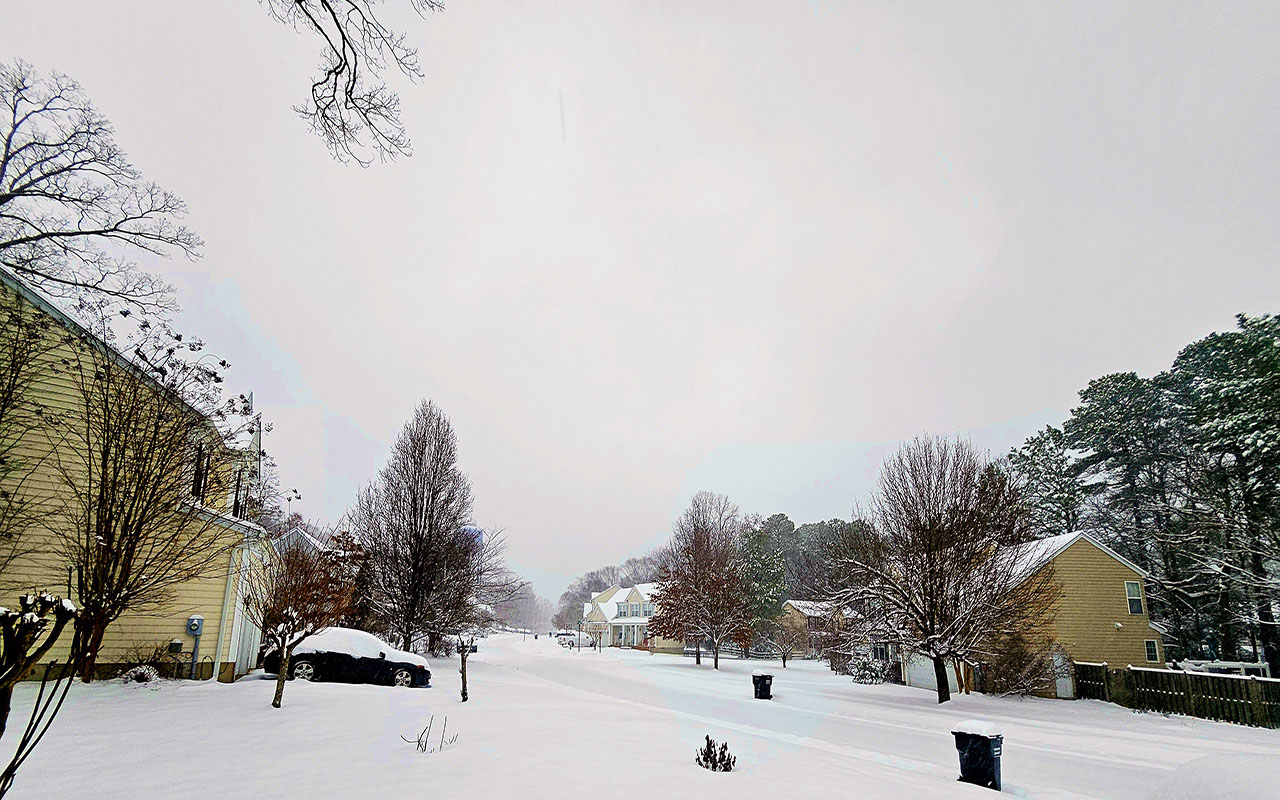
Philadelphia, Harrisburg urging residents to stay home amid poor air quality brought by Canadian Wildfires
City officials declared a code red on June 7.
Philadelphia has issued a Code Red alert due to declining air quality levels and officials are advising residents to stay inside if they can on Wednesday, June 7.
A Code Red Fine Particles Action Day Alert means “the air is unhealthy to breathe, and some members of the general public may experience health effects,” an air quality declaration by the City sent Wednesday morning read.
The alert comes after smoke from wildfires in Canada reached Philly, contributing to worsening air quality levels and the amount of smug in the atmosphere, affecting all regions in the city and the greater Northeast. City officials released guidance given the evolving nature of the wildfire smoke that continues to impact, in a way rapidly worsening, the air quality index in Philly.
Officials suggest that residents should:
- Avoid going outdoors as much as possible.
- If you must go outside, avoid excessive activity, such as jogging or running, and wear a mask, if available.
- Close all windows and doors to minimize air pollution in your home.
- Recirculate air with fans to avoid bringing more air pollution into your home.
- Avoid areas of high congestion and where air pollution may be high (e.g., main streets or highways, areas with low circulation).
- People with underlying illnesses should monitor for symptoms, including trouble breathing, nausea, and dizziness. If these symptoms occur, seek medical attention as soon as possible.
“The air may be hazardous for all residents, but is especially hazardous for sensitive groups, including children, elderly people, people who are pregnant, and those with respiratory diseases or heart conditions,” the alert reads.
RELATED CONTENT
Officials have also released guidance to help reduce pollution levels in the city, saying that residents should:
- Avoid unnecessary trips in their cars
- Avoid idling
- Carpool when possible
- Avoid using gas-powered lawn and garden equipment.
Pollutants from the wildfire smoke contain fine particles called PM 2.5, the same which the Health Department monitors during large fires. They are tiny particles in the air “that reduce visibility and cause the air to appear hazy when levels are elevated,” officials explained.
The size of the pollutants can range anywhere from droplets that are two and one-half microns or less in width to larger particles that, at their largest, “would be about 30 times smaller than that of a human hair.”
PM 2.5 “can be dangerous because if you inhale it, the particles are so small they can go deep in your lungs.”
Pennsylvania’s Department of Environmental Protection also recently explained how code declarations are designed to report daily air quality: “Green signifies good air quality; Yellow means moderate air quality; Orange represents unhealthy pollution levels for sensitive groups of people; and Red warns of unhealthy pollution levels for all.”
“An Air Quality Action Day is declared when the AQI is forecasted to be Code Orange or higher. On an Air Quality Action Day, young children, the elderly, and those with respiratory problems, such as asthma, emphysema, and bronchitis, are especially vulnerable to the effects of air pollution and should limit outdoor activities,” officials from DEP said.











LEAVE A COMMENT: